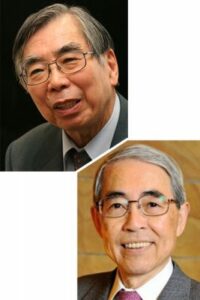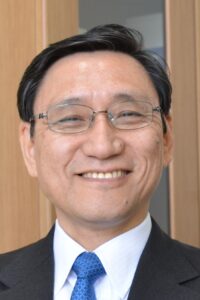
Manabe Syukuro, recipient of the Nobel Prize in Physics, interviewed at his home: Learn from your rivals and play to your strengths – the world-renowned 90-year-old authority shares the secrets to reaching the pinnacle of achievement Interviewed by Tsuyama Keiko, journalist When I look back on it, my life as a researcher has been a string of good luck. A paper I wrote back in graduate school happened to catch the attention of an American researcher and I was invited to the US. Then, at a research institute in the US, I was blessed with good supervisors and staff in a positive environment, and I was able to immerse myself in research with full access to a supercomputer. That string of good luck continued all the way to receiving the Nobel Prize, but it truly came as a surprise. When you look at ... ... [Read more]








